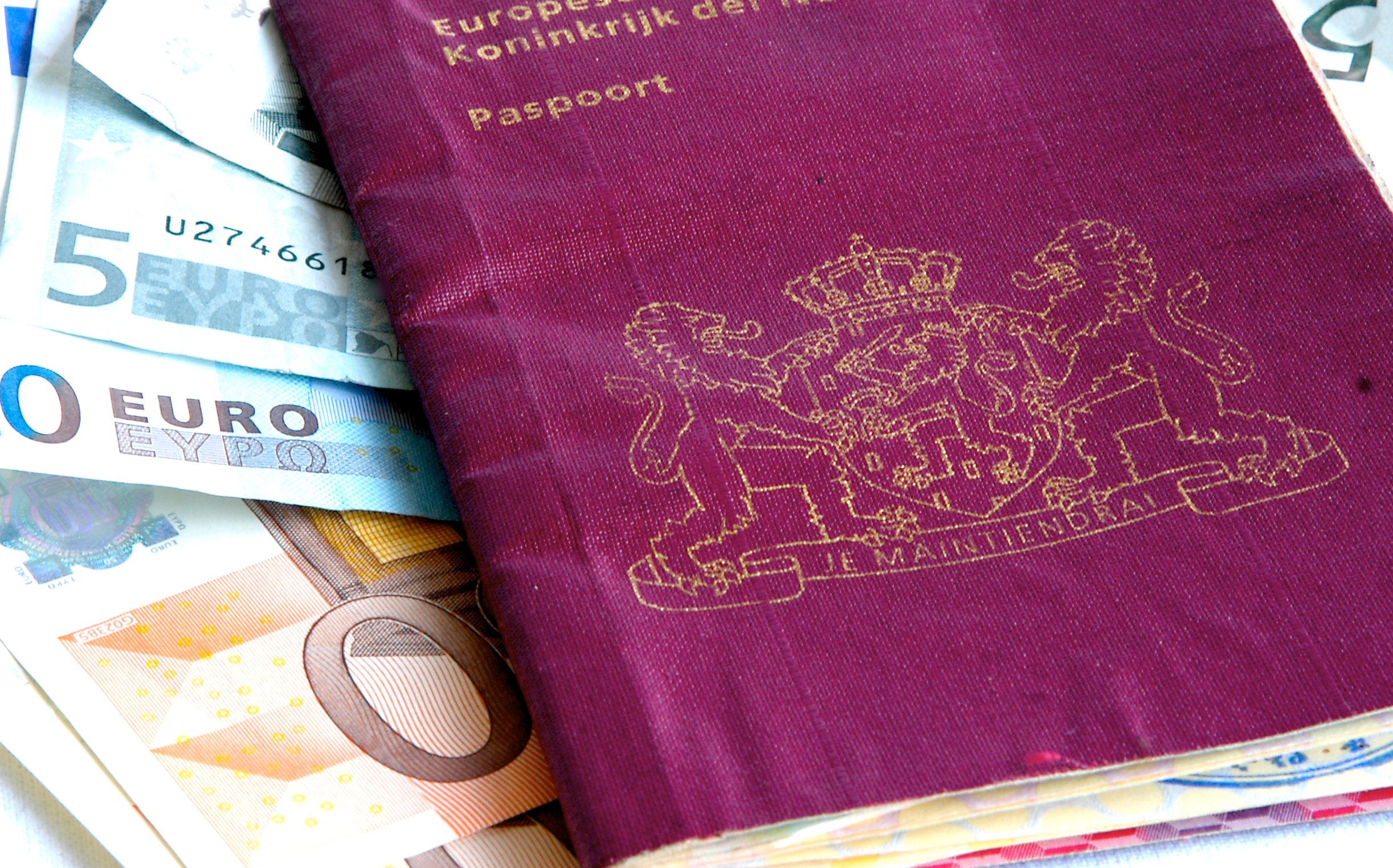Are you ready to file your Dutch income tax return 2024?
4:40
Navigating the Dutch tax system can be complex, but understanding key dates and tips can make the process smoother.
Every year you need to verify whether you are obliged to file a Dutch income tax form. You are required to file a tax form in the Netherlands when you:
have received an invitation to file a tax form from the Dutch tax office; or
have not received an invitation from the Dutch tax office, but your Dutch tax liability is € 56 or more; or
expect to receive a tax refund more than € 18. E.g. you have certain deductions (e.g. paid mortgage interest) or you worked only part of the year (in the Netherlands).
The Dutch fiscal year is equal to the calendar year (1st of January through 31st of December). The tax forms can be filed as from the 1st of March after the tax year has ended.
There are different types of tax forms i.e :
P-form: tax form for private individuals (resident taxpayers)
C-form: tax form for non-resident taxpayers with Dutch taxable source income
M-form: tax form for the year of migration, so when you moved to or from the Netherlands
This is the regular Income tax form for resident taxpayers who lived in the Netherlands for the full fiscal year. In general, most people need to file this type of form. The form is intended for individuals and includes questions about income, deductions, assets and tax credits.
The C-form is a tax form for non-resident taxpayers who live abroad and have Dutch taxable source income. This could for instance be Dutch income from employment or real estate situated in the Netherlands.
When you move abroad or when you move to the Netherlands from abroad you will have to file a so-called M-form (migration form). This form needs to be filed after the fiscal year in which you moved. The form can be used for taxpayers who emigrated or immigrated during the fiscal year.
The form contains a part for the period in which you resided in the Netherlands and a part for the period in which you resdieded abroad and where only Dutch taxable source income should be declared.
Often you will receive the invitation to file the M-form automatically when you move to and work in the Netherlands. This invitation will be send by regular mail. It is wise to keep a postal address in the Netherlands since mail can be delayed or not arrive at your foreign address, which means that you may face fines, etc.
If you received an invitation to file a tax return, a deadline will be applicable. This deadline is mentioned on the invitation. The standard deadline to file a Dutch income tax return is May 1 (after the fiscal year has ended).
If you are not able to file the tax form before the deadline, it is possible to request the tax office for an extension for filing your Dutch income tax form.
Before filing your Dutch tax return you may want to know if you are entitled to a refund or not. You could be entitled to a refund in the following situations:
- when you are an employee and entered or left the Netherlands during a tax year;
- when you are entitled to certain deductions (i.e. mortgage interest or alimony payments) and tax credits (when having children younger than 12);
When you expect a refund and did not file income tax forms before, you can still file a tax return without an invitation of the tax office. Please note that your Dutch income tax form needs to be filed to the tax office within 5 years after the tax year has ended.
With our free-of-charge quickscan you can discover whether it is beneficial for you to file your income tax return. For further instructions on this process, please see the link below:
https://www.exterus.nl/en/quickscan
Since we know doing your taxes is not everybody's favorite activity, we offer assistance with the preparation and filing of your Dutch personal income tax return. For any questions or assistance, please feel free to contact us at tax@exterus.nl


Learn how HR managers can identify and manage permanent establishment risks when deploying employees internationally. Understand the tax implications and compliance requirements.

Discover the benefits of the 30%-ruling for expats and employers in the Netherlands. Learn how this tax exemption increases income, reduces costs, and attracts top international talent.

The abolition of the Partial Tax Obligation may have major consequences for Dutch nationals abroad and their tax position. Find out what this change means for your financial situation.

Prinsjesdag 2025 tax measures explained—what the 2026 changes to income tax, Box 3 and deductions mean for individuals, entrepreneurs and investors.

Discover tax benefits for expats in the Netherlands: 30% ruling, tax-free allowances, treaty relief. Ready to save more? Read our guide. Act now and save.

This blog highlights key considerations to keep in mind when evaluating requests from employees to work remotely from abroad on a temporary basis.

Need help with your Dutch M-form? Discover how Exterus simplifies your tax return with expert guidance and a free quickscan. Get clarity and save time today!

Compare the Netherlands 30% expat-ruling with actual extraterritorial cost reimbursement. Which is more beneficial for expats and employers? Key Dutch tax and payroll insights.

What are the tax risks when paying severance to cross-border employees? This blog highlights what HR needs to know and how to stay compliant.

Are you ready for the Dutch income tax return deadline on May 1st? Learn about filing requirements, available tax forms, and how to request an extension to stay compliant and avoid penalties.

Discover the ins and outs of holiday allowance in the Netherlands, including how it’s calculated, when it’s paid, and why it’s an essential perk for employees in the Netherlands.

Discover how to maintain your 30%-ruling and avoid costly mistakes. Learn about salary thresholds, eligibility, and key factors affecting your tax-free expat allowance in the Netherlands.
Subscribe to our newsletter and stay ahead with the latest insights and developments in global employment mobility, delivered straight to your inbox.
By subscribing you agree to with our Privacy Statement